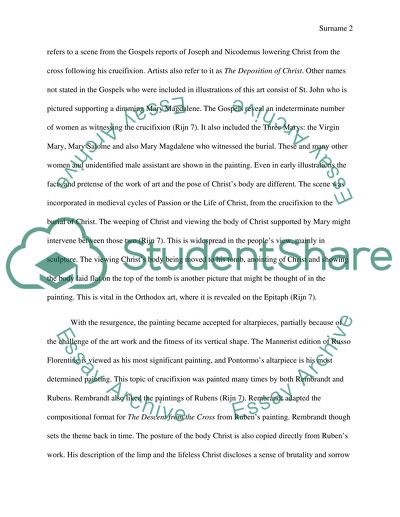Cite this document
(“Analysis of Rembrandt van Rijn's Paintings Essay”, n.d.)
Analysis of Rembrandt van Rijn's Paintings Essay. Retrieved from https://studentshare.org/visual-arts-film-studies/1450469-analysis-of-rembrandt-van-rijns-paintings
Analysis of Rembrandt van Rijn's Paintings Essay. Retrieved from https://studentshare.org/visual-arts-film-studies/1450469-analysis-of-rembrandt-van-rijns-paintings
(Analysis of Rembrandt Van Rijn'S Paintings Essay)
Analysis of Rembrandt Van Rijn'S Paintings Essay. https://studentshare.org/visual-arts-film-studies/1450469-analysis-of-rembrandt-van-rijns-paintings.
Analysis of Rembrandt Van Rijn'S Paintings Essay. https://studentshare.org/visual-arts-film-studies/1450469-analysis-of-rembrandt-van-rijns-paintings.
“Analysis of Rembrandt Van Rijn'S Paintings Essay”, n.d. https://studentshare.org/visual-arts-film-studies/1450469-analysis-of-rembrandt-van-rijns-paintings.


